You can sharpen the focus on most Nikon DSLRs and compact cameras in just 2 steps.
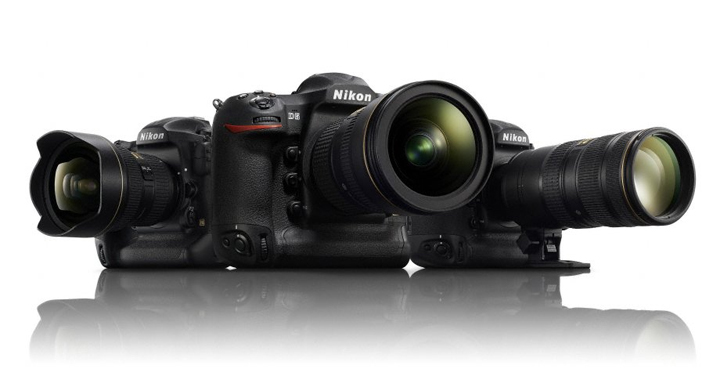
The photograph shows the Holy Trinity: Nikon 14-24 / 2.8, Nikon 24-70 / 2.8VR, Nikon 70-200 / 2.8VRII. But for sharp shots, you can cheat and not spend thousands of dollars on the purchase of expensive equipment.
The trick with sharpening is very, very simple. To sharpen, you should do just a couple of points:
- On the camera in 'Shooting Mode Menu' to find 'Picture Control'(on some Nikon cameras it may also be called'Control mode snapshots'), choose any you like (for example, PT - PorTrait, for shooting portraits), push the joystick button right and ask sharpness level '9'.
- In the Image Quality menu set RAW shooting format. After shooting, show the captured photos using the original free RAW converters: Nikon ViewNX-i, Nikon CaptureNX 2 or Nikon CaptureNX-D.
- Share a link to this article.
What is the point?
The bottom line is that Nikon ViewNX-i, Nikon CaptureNX-D and Nikon CaptureNX 2 during the conversion of the original RAW files sharpen much strongerthan the processor of the camera while shooting in JPEG format. We can say that this is such a bug (software error) that has become a feature (useful function).
Camera setup
The following is an example setup for the camera. Nikon D3200. On the rest of the cameras, everything happens by analogy.
First of all, you should configure 'Picture Control'. On some Nikon cameras it may be called 'Control mode snapshots'). Very old cameras may not have this mode at all. As far as I know, Picture Control appeared in second-generation CZK Nikon.
Select the desired Picture Control. An asterisk next to a mode name means that it was manually changed. In the picture below, the 'MC' mode is unchanged with factory settings, and therefore does not have a '*' next to its name. Picture Control settings can be easily reset to factory defaults.
Pressing joystick right, you can access the manual adjustment of the selected Picture Control. In this case, we are interested in sharpness. It needs to be set to maximum - this is position '9'. By default, the camera uses a sharpness level of '3'. Simply put - with one setting 'Increase. sharpness' can sharpen 3 times.
Next, you need to set the image quality by setting the value to 'RAW'.
Just choose 'NEF' (RAW):
Important: on Nikon amateur cameras, Picture Control is available only in exposure control modes P, A, S, M. For such cameras as for Nikon D3200 from the example, one of these modes should be set.
If someone does not know how to shoot in modes M, A, S, Pthen this is not a problem. For such people I recommend setting the P mode, it will be 80% similar to the 'Auto' mode.
Converter setting
- Nikon CaptureNX-D can be officially downloaded here.
- Nikon ViewNX-i can be officially downloaded here. I recommend this particular program.
- Nikon CaptureNX 2 can be officially downloaded here.
In ViewNX-i, just select the desired folder where the RAW files are stored, select all (CTRL + A key combination), and convert them (CTRL + E key combination).
Conversion can be performed with the right mouse button:
Converting files can take a huge amount of time, especially on a weak computer. Sometimes you can display just a few photos and it will take very little time.
In my opinion, the advantage of this method is that you can use a free original program that understands very well the source RAW files.
You can read about the difficulty of choosing a RAW converter here.
Example
Shown below is the original shot taken directly with the camera. Such images are commonly referred to as 'on-camera JPEG' or 'in-camera JPEG'.
The image below was taken by converting the original RAW file using Nikon ViewNX-i. At the same time, there were no additional settings in ViewNX-i.
The crop of the previous shots is shown below:
The difference is clearly visible in the GIF animation:
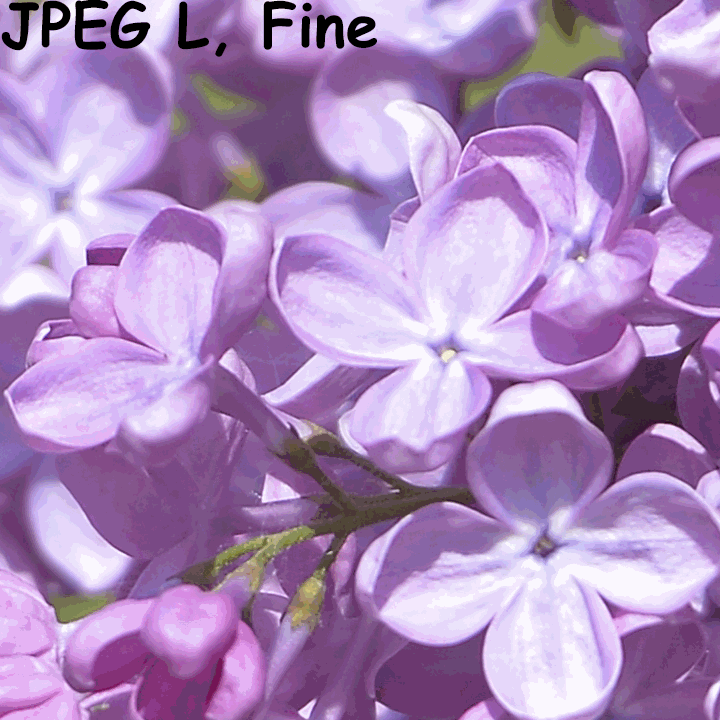
Visual demonstration (due to the GIF animation format, the colors are not the same as in the original)
The "Sharpness" slider itself, both in the camera settings and in the settings of the native converter programs, has a strong effect on the sharpness. Below is a visual animation of the development of a RAW file with different sharpness level settings:
True, this method has one unpleasant nuance. If you convert photos taken at high ISO values, the level of graininess and noise will be very strong and can only degrade the picture. In this case, on-camera JPEG can look much better.
All files used for this article can be download from this link.
Сonclusion
Sharpening with some Nikon cameras is easy. The algorithm, in short, is this: set the maximum sharpness in the Picture Control settings, remove it in RAW format and use the native converter. No complicated manipulations, no training in working with obscure programs, just a few mouse clicks, all programs are free, and the result is on the face.
Comments on this post do not require registration. Anyone can leave a comment. Many different photographic equipment can be found on AliExpress.
Material prepared Arkady Shapoval. Training/Consultations | Youtube | Facebook | Instagram | Twitter | Telegram

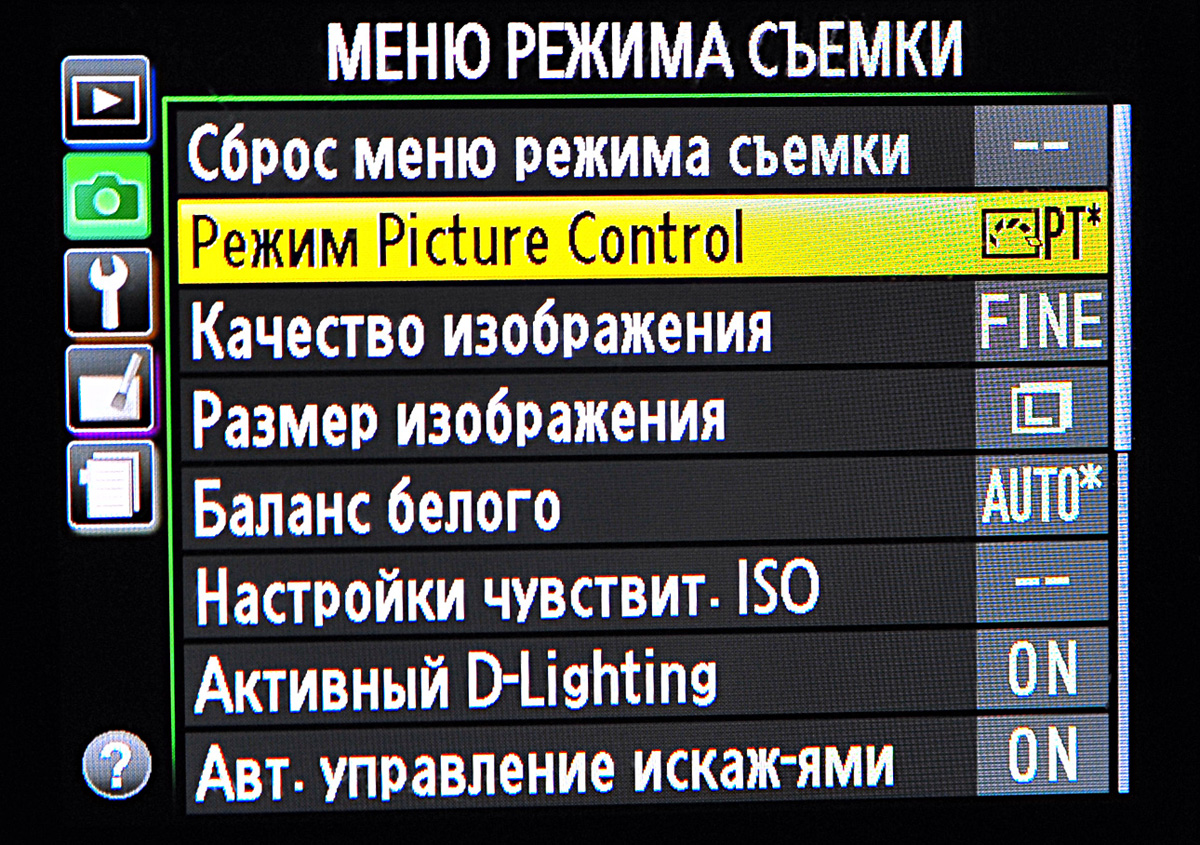
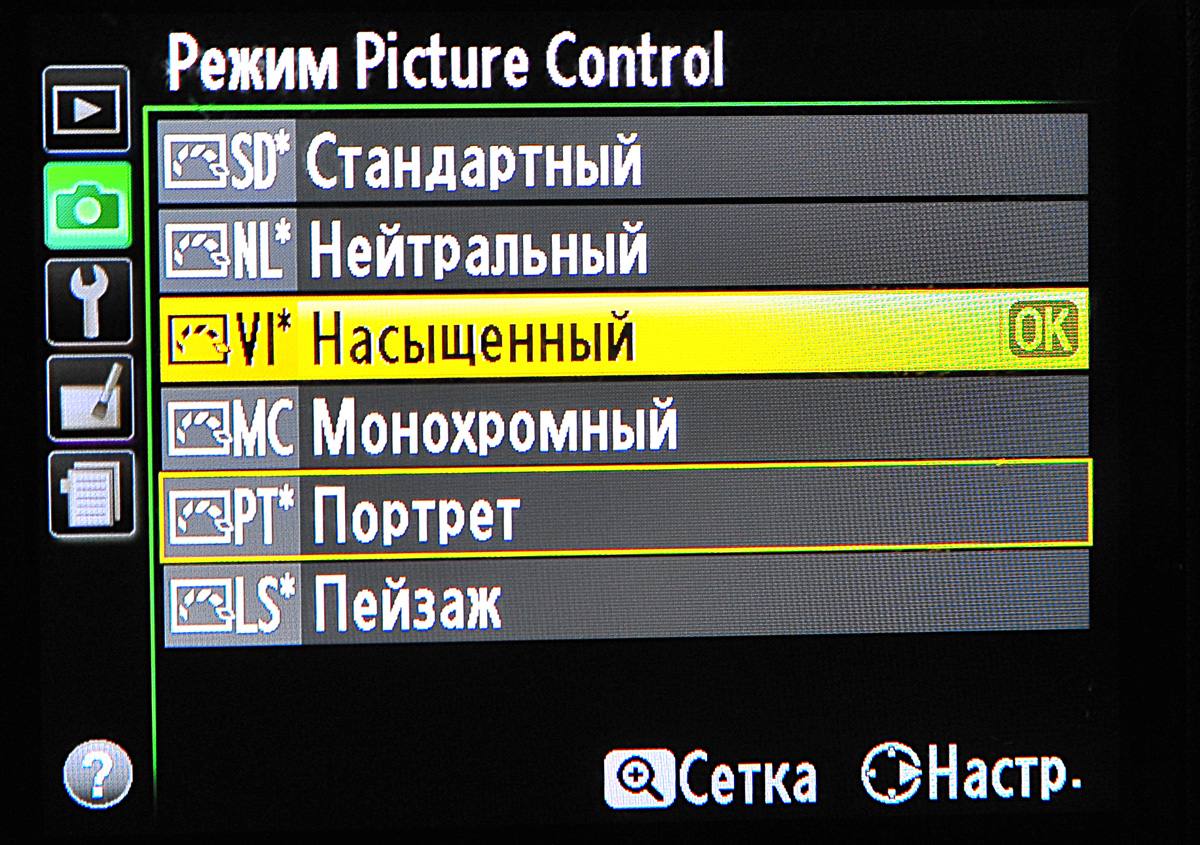
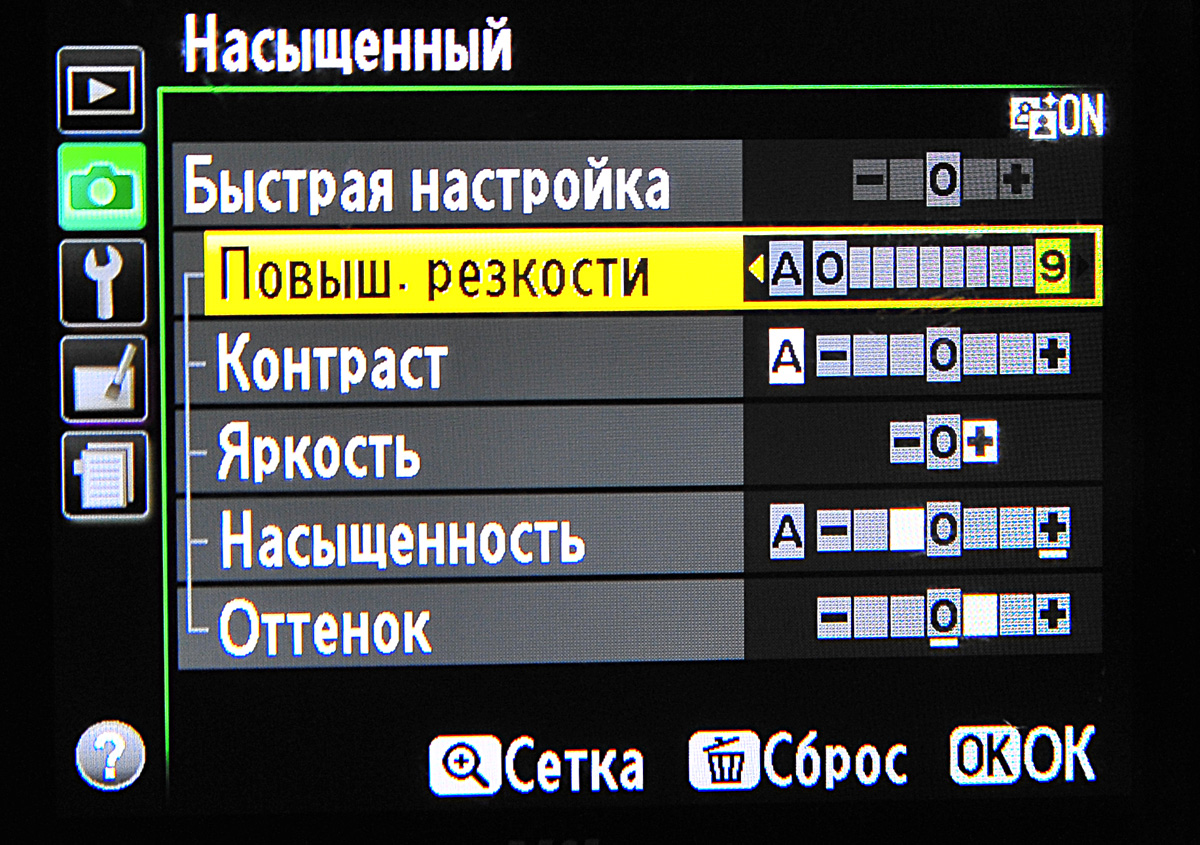
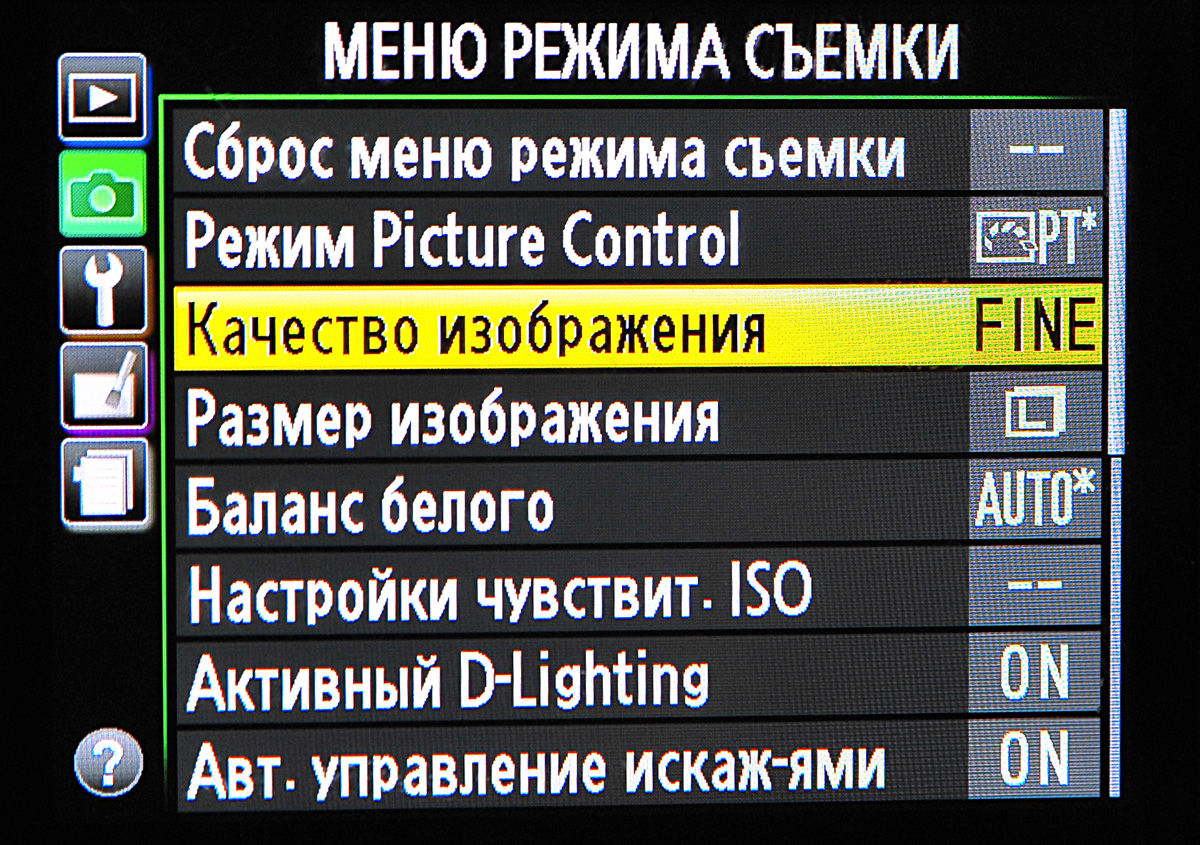
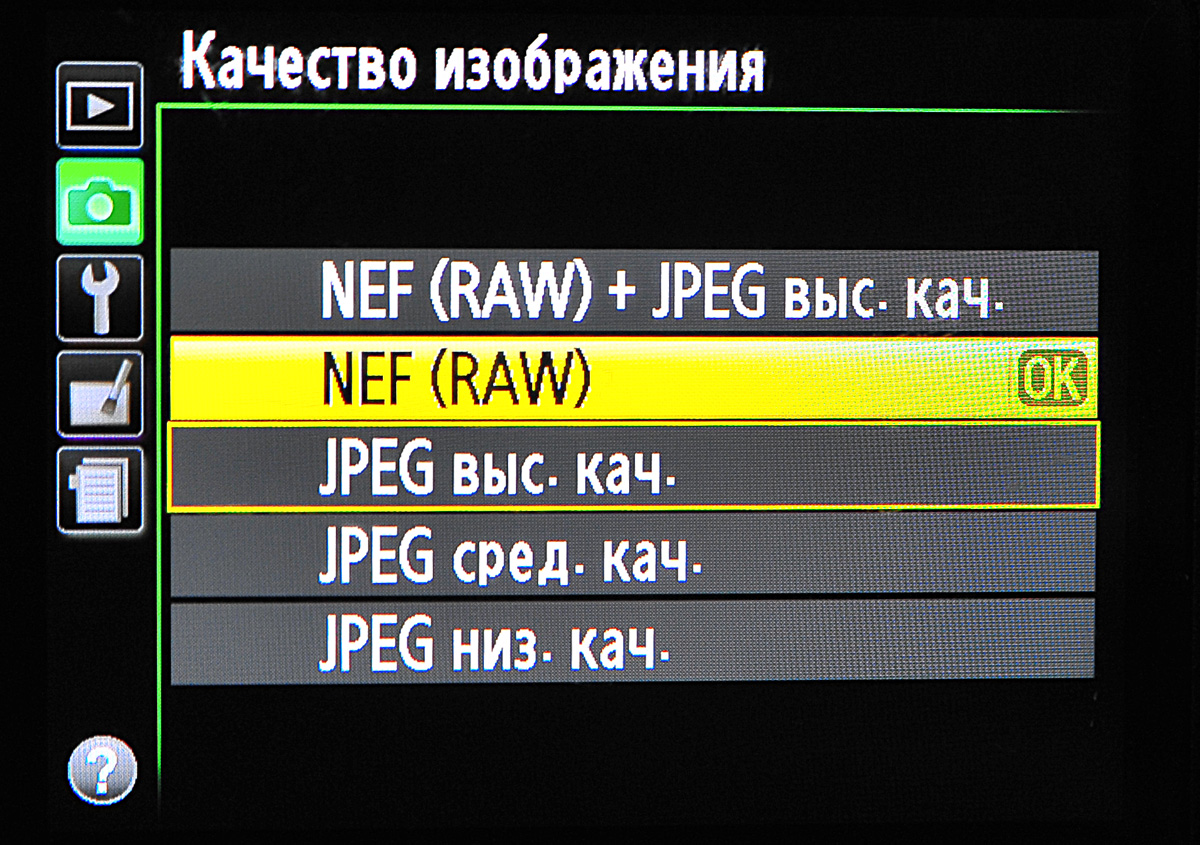
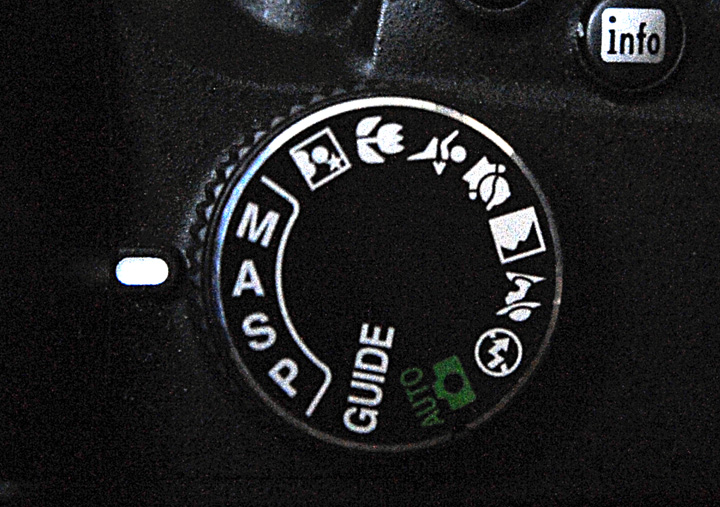
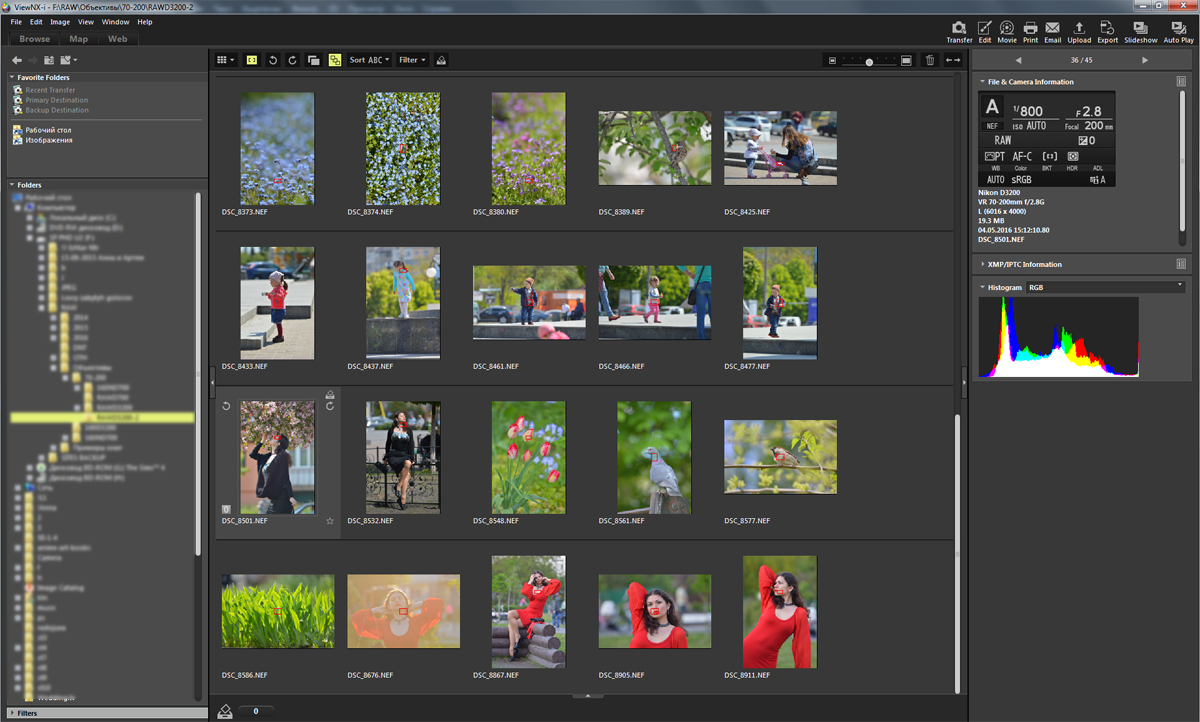
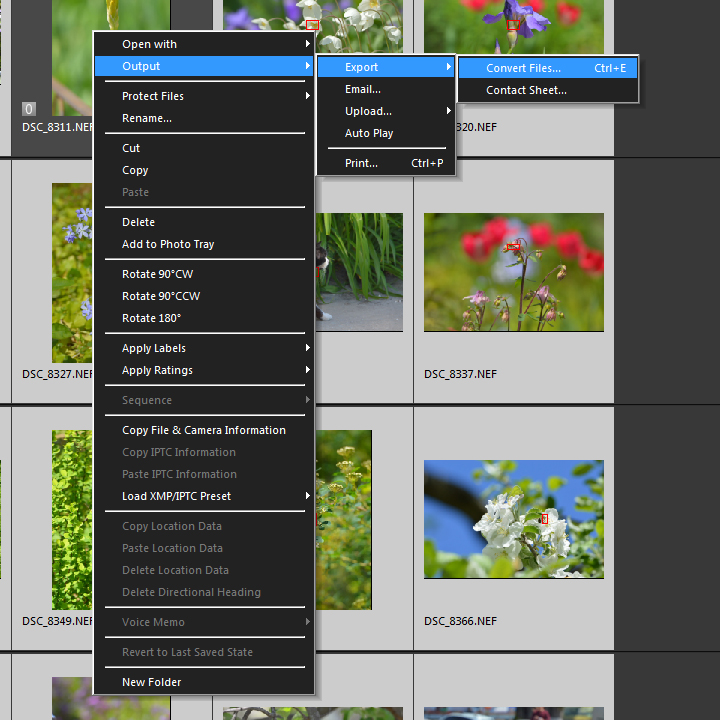
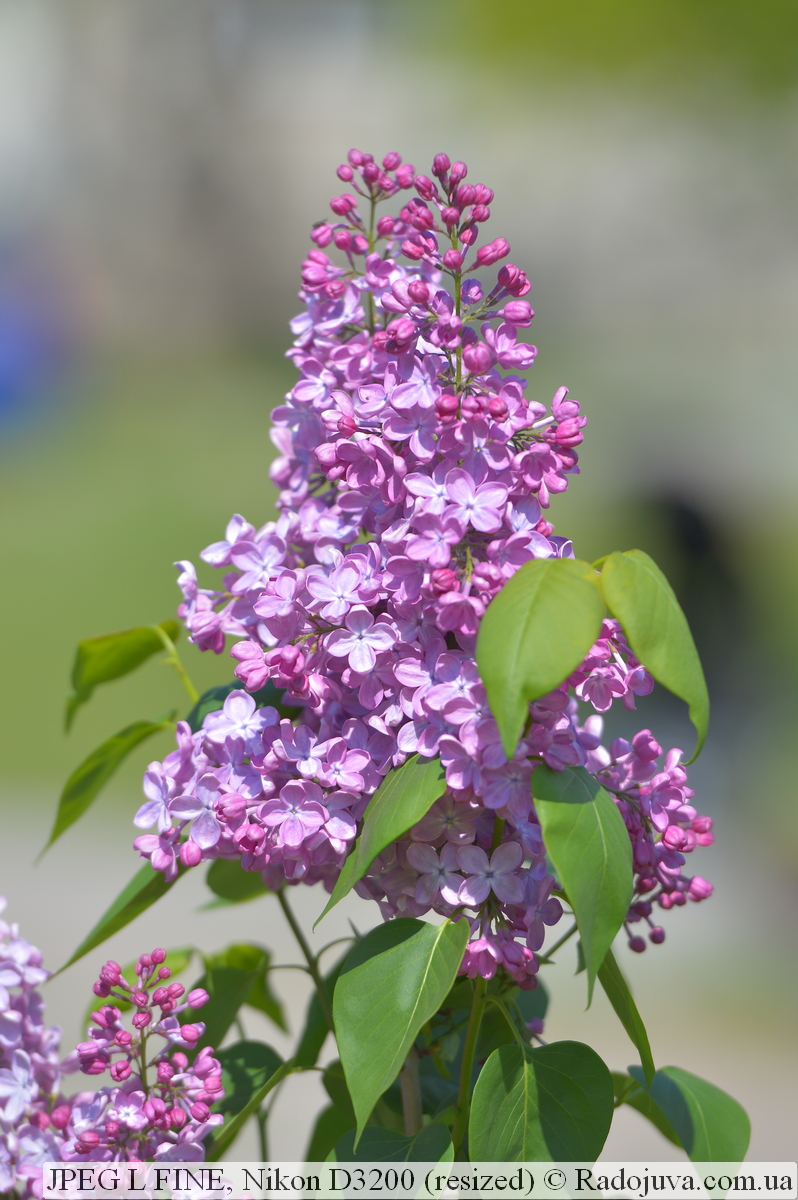
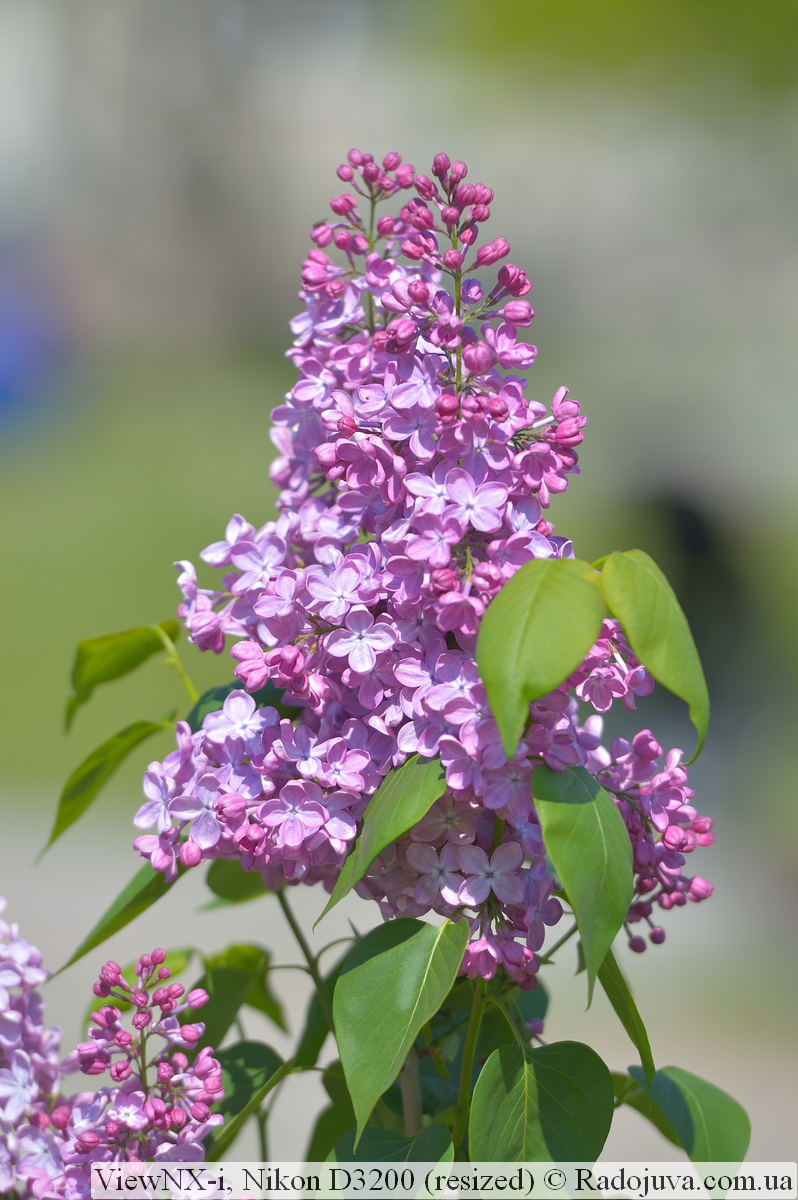
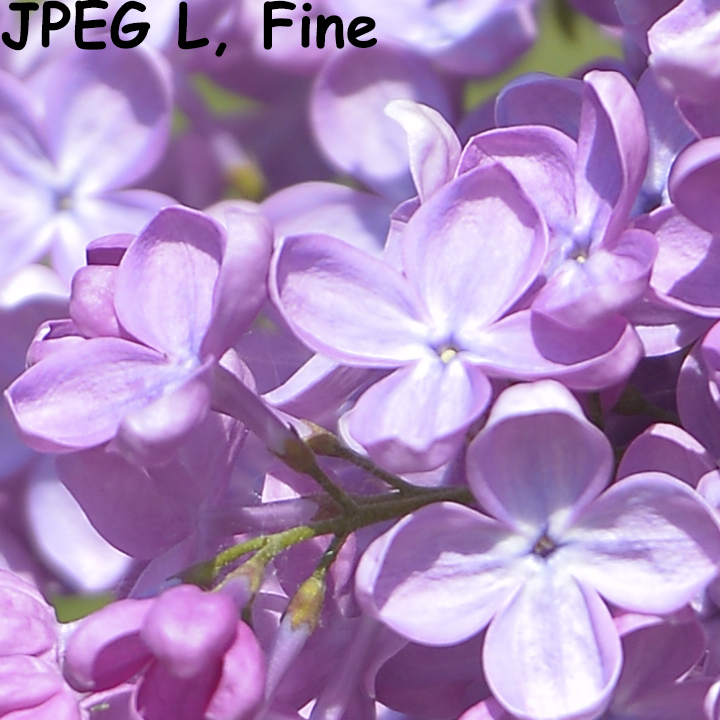
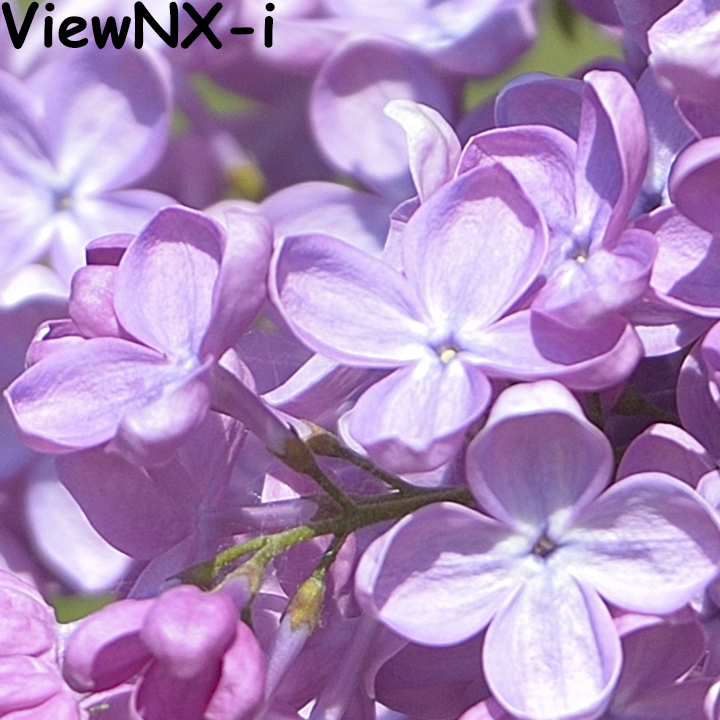


there is one funny song in the American style of COUNTRY folk songs…. a neighbor sees his friend with a rope in his hands after the wedding goes to his barn ... to the perplexed question - WHY? he replies that he married a charming blue-eyed blonde with long legs from the ears, a radiant smile and a breathtakingly seductive bust ... but after the wedding, his blonde took off her wig, took out her false teeth, took off her false bust - and now, out of despair, he goes to the barn to broadcast: - ))))…. dear, do not you think that with the development of software for improving digital photographs, it begins to resemble the plot of this song? :-))))
and photography is not “what object”, but “how I see it”))) if the sky is green - such an idea. If there are no acne on the model, then I see it that way))))))))))))
Why show an example in colors? There are special tables for determining sharpness
Ken Rockwell loves to turn up a sharp in this way. there is no sense in this in the long run.
Thanks, Arkady. Useful article.
Not everyone knows that each lens has a sweet point (as I don’t know in Russian) a certain aperture value at which it gives maximum sharpness. Usually it is in the range of 5,6–8 determined empirically from the photo tables. To obtain maximum sharpness, it is necessary to adjust the carcass with the lens in the official service center (while the carcass for warranty is adjusted free of charge, the adjustment must be made at least once a year) and photograph at this aperture value
1. For most lenses, the maximum sharpness values are between 4-5,6.
2. For cameras with a high pixel density in the matrix, the diffraction limit can start from 7, further closing of the aperture leads to deterioration of sharpness.
3. The adjustment of the camera-lens system is done to eliminate the front or back focus. Alignment is not related to sharpness.
4. Adjust the lens. Otherwise, the system will be adjusted one (1) lens + one (1) camera. And the remaining lenses from the collection will still show remarkable results.
5. You need to take pictures at the aperture value that matches the desired artistic goals.
Adjust the carcass on the reference lens, and the lens on the reference carcass, it is necessary to check, both correct not only the focus, but also so that the lenses are on the same axis. If you have a back focus, what sharpness can we talk about? How does this not affect sharpness?
There are no more questions for you. Successes.
If you use a whale lens with a huge flu, then the back front focus does not affect the sharpness
Vladimir, and you can answer the question which lens is 4 sharper than 5,6?
dxomark. com
Maybe there are such lenses, but I don’t know such, therefore I ask you
Although I know on helios (not at all) the opposite is 16 this is a completely open hole, and 2 is completely closed, therefore 4 is sharper than 5,6
Excuse me, are you talking to anyone now?
I'm talking to everyone. You gave out not accurate information, and you cannot argue. Beginning amateur photographers can be misleading.
5. You need to take pictures at the aperture value that matches the desired artistic goals.
Read carefully I wrote for maximum sharpness
Sharpening is sometimes necessary. But in the example, I would first increase the contrast by carefully adding dark tones. The picture on the crop is slightly overexposed, although generally normal.
In my DAS in PASM modes, the histogram is usually 50-15% overshot, which makes the picture subjectively more expressive and sharper, and setting the sharpness to +20 clearly shows the flaws of the inner sharpe.
If I leave this mode in the camera and have to shoot at high ISO, after converting from RAV I can return the sharpness to a minimum?
Arkady, but with Fuji S3, S5 SUCH A TRICK DOES NOT PASS ???
It has its own sharpening settings and its own utility for developing a rava.
With the D80, this trick doesn't work ...
Not true. In Capture NX, everything is okay.
I noticed such a peculiarity of my native Nikon converters. While you are processing everything perfectly. Convert to JPG, for example, the sharpness is lost and the picture is not so attractive at the output. I haven’t noticed this in the lightroom, and therefore I don’t work with my relatives.
I'm crazy !!! The article is written for those who DO NOT KNOW! This is an educational program for dummies! And what is there to discuss "pros"? What and to whom to prove? Who did not know, he found out now. Thanks to Arkady.
What the hell?
Arkady, I’ll ask you a question from a slightly different area.
We have a Nikkor 16-85 VR.
We also have focus with the back button.
Question.
Does the stabilizer work correctly? Is his work tied to the shutter button? If so, do you need a half-press to disperse it?
Thanks in advance. :)
From the instructions:
This is a common thing for stub and focus activation with the back button.
Brilliant. :))) As I understand it, on the D5300 you shouldn't expect miracles.
Thank you very much, Arkady.
C'mon, with the d5300 you can just squeeze out immeasurably. Imagine that you could only dream about such a camera 10 years ago!
No, no, Arkady, I'm not talking about the camera. About the stabilizer. :)))
If I have focus with the back button (set via the menu), then the stub in the lens will not work. Like the rest of the cameras.
I wrote a letter to Nikon tech support.
They claim that no 5300 with 16-85 VR stub will work when focusing with the back button.
With native converters, everything is clear, something else is interesting, is it possible to teach LR to understand camera settings? It understands lenses, but no camera ...
Arkady, hello, thank you for the article.
Please tell me, “After shooting, develop the captured photos using original free RAW converters: Nikon ViewNX-i, Nikon CaptureNX 2 or Nikon CaptureNX-D.” Should you use them exclusively or LR go and quality and should read it as it should?
By itself, the LR will be picking the ravki. You can read about the complexity of choosing a RAW converter here. https://radojuva.com.ua/2014/01/mos-6581/
Arkady, everything is clear when working in ViewNX-i, but what is the best way to work with sharpening in Lightroom? What is better to change the sharpness in the tab, the "Value" or "Details" parameter and to what level? I constantly overdo it with sharpness, apparently from natural greed :)
Be careful! If you have such a setting and you needed to shoot a video (of course you forgot about this setting) then you will be horrified to see the shot video.
If you have any ideas how to cancel this sharpness in the video you shot, tell me please.
I have a similar question - is it possible to cancel this sharpness in the photos already taken?
Thanks Arkady, add to the article that Nikon1 mirrorless also has these settings.
Good day. Arkady, what settings in Picture Control do you recommend to use (i.e. values for sharpness, contrast, brightness, saturation, hue)? I have a camera D3200, the lens is often Nikkor 50 1.8G, I shoot in RAW, processing in Camera Raw and Photoshop. Which settings are better for portraits, which ones for landscape?
thanks for what you do.
If you shoot only in RAW, and process it only in Camera Raw and Photoshop, then these programs will not see the Picture Control settings of the D3200 camera, these settings will only affect the display of the photo on the camera screen.
I waited a long time for such a correct thought. Even the author, as I understood it, does not know about this, that a rav is not a picture, but a set of code. +
Many thanks to Arkady for this article !!! I updated myself NX2, NX-D, and also installed NX-i .. In addition to controlling the sharpness, I tried to convert a whole folder of files at once, as pointed out by Arkady. It turned out just great: NX-i converts the series not only according to the presets on the camera, but also after adjustments in NX-D !!! Those. in NX-D each frame from the series was corrected separately from the others, but not converted, and in NX-i the entire folder “in bulk” turned into ready-made JPEGs. Yes, it will take a long time (3-4 hours for a series of 200 images), but you can perform other tasks in parallel and save processing time on the “slow” Nikon converters. And separately on the topic of sharpness: as soon as I saw that the resolution from the camera is much lower than that converted from RAW, I shoot only in RAW for printing. In my perception, shooting in JPEG is like using a camera with half the megapixels.
Arkady! But what is the point in this option if you can manually raise it in the converter to the desired degree of sharpness? In addition to the level of sharpness, do the raves save other settings in the captura control (such as brightness-contrast) and then just stupidly show it in Nikon CNX-D?
Less body movements
and another question
choose only 'NEF' (RAW) in the settings of the camera, if you select RAW + JPEG this method will not work or what?
It is not possible to enable Picture control on Nikon D3200. Stands in the SD mode and displays the message “Tsei option unavailable for streaming adjustments or streaming cameras”. If someone has encountered a similar problem, I ask for help.
Got excited. Understood. He was inattentive. Shooting mode! That's what I didn’t take into account.